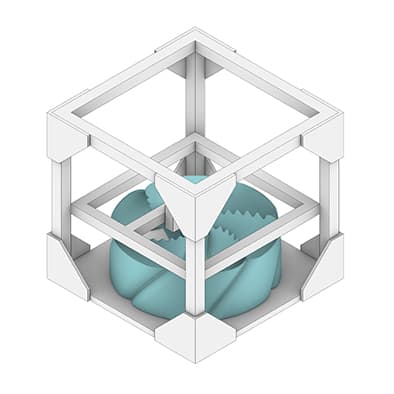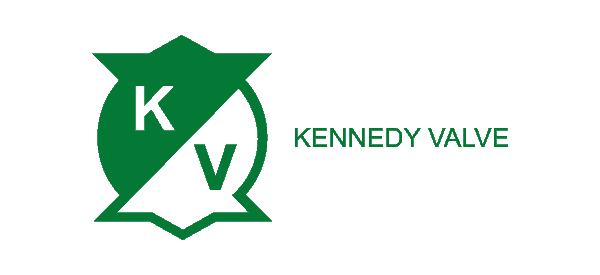3D Printed Sand Casting
Patterns
Digitize pattern production to sand cast metal parts faster and cheaper with 3D printing
You can't wait to find out, how you could 3D print patterns in your production?
UP TO 9x FASTER
Speed up fabrication and reduce lead times
75% CHEAPER
Cut costs with fast and precise digital craftmanship
BOOST PRODUCTION BY 50%
Streamline workflows and ramp up production
Sanding casting is a time-tested, reliable method to produce large metal parts. As more and more manufacturers move to digitize their production, many adopt 3D printing as part of their upgraded process. Traditional sand casting requires a 2D drawing to be translated and fabricated by a highly skilled pattern maker, which can be slow and expensive. Alternatively, some manufacturers turn to CNC milling to produce their patterns, but this method can not create certain complex geometries and wastes a lot of material. 3D printing, and specifically large-scale BigRep machines, can speed up and automate production while reducing costs and breaking free of traditional production chains.
Advanced Applications with
3D Printed Sand Casting Patterns
BigRep 3D Printers are a perfect solution to produce large metal parts, such as propellers and hydrants. See how BigRep customers use 3D printed sand casting patterns for faster, cheaper production and prototyping.

JC STEELE, PATTERN AND CASTING
JC Steele modernizes the "lost art" of traditional pattern making using CAD and BigRep 3D printers.

Kennedy Valve, Pattern
Kennedy Valve saves $13,000 by 3D printing patterns and tooling in-house, with the added benefits of on-demand and agile production.

CJR Propulsion, Propeller
3D printing helps CJR Propulsion maintain its competitive edge in customized, high-performance marine propellers while pushing innovation.

AUSTRALIAN BELL, CAST
Australian Bell unlocks new frequencies for bell casting using large-format 3D Printing

Metso Outotec, Pattern
Metso Outotec saves 70% of tooling costs in metal casting using BigRep 3D Printers

Severstal, Cast
Severstal replaces the time-consuming process of making sand casting patterns out of wood.
How to Produce 3D Printed Sand Casting Patterns
Using 3D printed patterns will modernize and simplify the first phases of sand casting, particularly when producing complex geometries. The first step is to design and print the pattern. For reverse engineering projects, it is also possible to scan existing components to create the 3D model. If the object to be sand casted is larger than BigRep print volume (1m3 on the BigRep ONE, for example) then it can be printed in parts and assembled after. If needed, the 3D printed pattern can be post-processed with a variety of methods.
The remaining steps are standard sanding casting processes. The printed pattern is then packed with sand and removed from the mold. Molten metal is poured into the mold cavity and the final part can be polished and post processed as needed.
Step 1

3D Print the pattern
Step 2

Post-process the pattern (if needed)
Step 3

Create the sand mold
Step 4

Remove the pattern from the mold and pour metal
Step 5

Post-process the metal cast (if needed)
Talk to an Expert
We have a team of experts ready to answer all your questions. Do not hesitate to reach out to us to get more information about Additive Manufacturing, best materials for your application, and how to implement it in your business!
You THINK BIG, we'll help you get there!




